1. Alka-Seltzer’s “Try It, You’ll Like It”
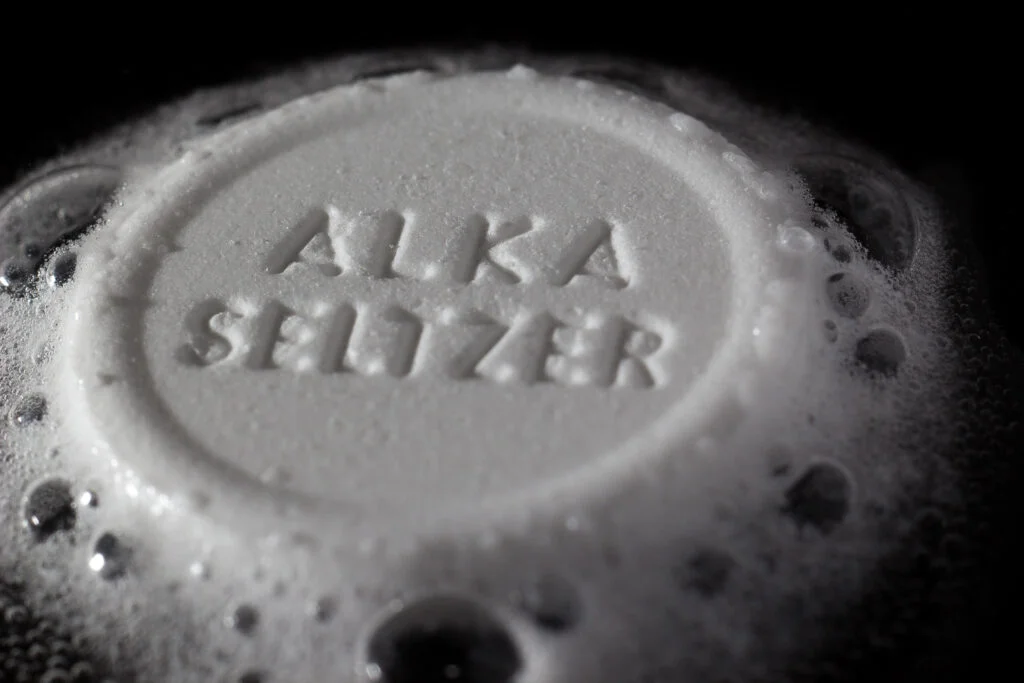
This one was pure comedy gold. A poor guy sits down to eat a new dish and repeats the line, “Try it, you’ll like it!” over and over—until his stomach revolts. The follow-up shot of him clutching his belly as the narrator chimes in made everyone laugh, even as it sold a remedy for indigestion. The punchline became so popular it turned into a national catchphrase.
What’s funnier is that the line was delivered with such innocent cheerfulness that people repeated it at home, at work, and even in school cafeterias. It was proof that even an upset stomach could become a laugh line if written cleverly. The humor made the product more memorable than the meal in the ad itself.
2. Heinz Ketchup’s “Anticipation”
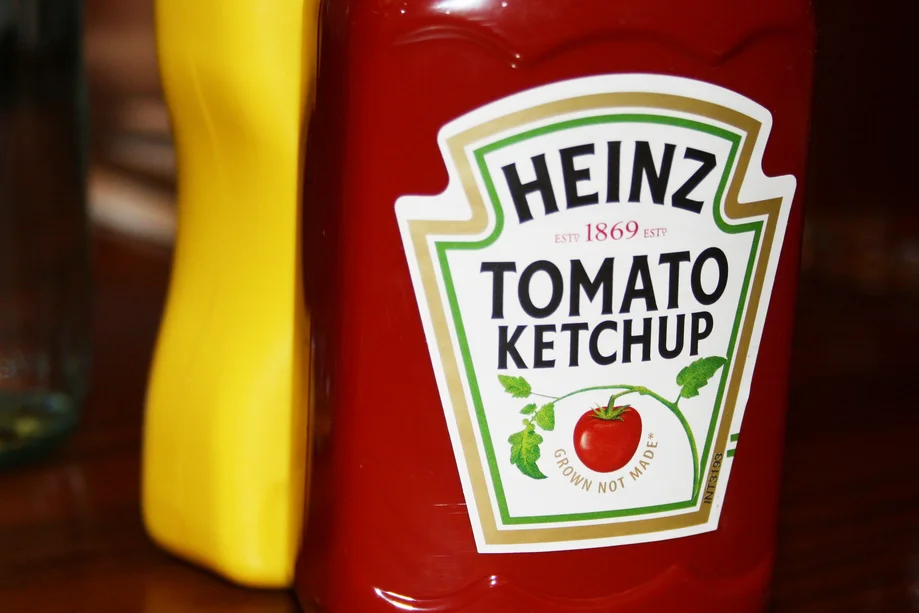
Heinz took something as simple as ketchup sliding slowly out of a glass bottle and made it hilarious. Using Carly Simon’s “Anticipation,” the commercial played up the agony of waiting for ketchup to pour. People at the table fidgeted, sighed, and practically begged for the stuff to land on their fries.
The gag was that everyone had been there before. The humor was in watching the exaggerated impatience, because the longer you waited, the funnier it became. By the end, Heinz had turned a kitchen annoyance into an inside joke shared by every American family.
3. Wendy’s “Where’s the Beef?”
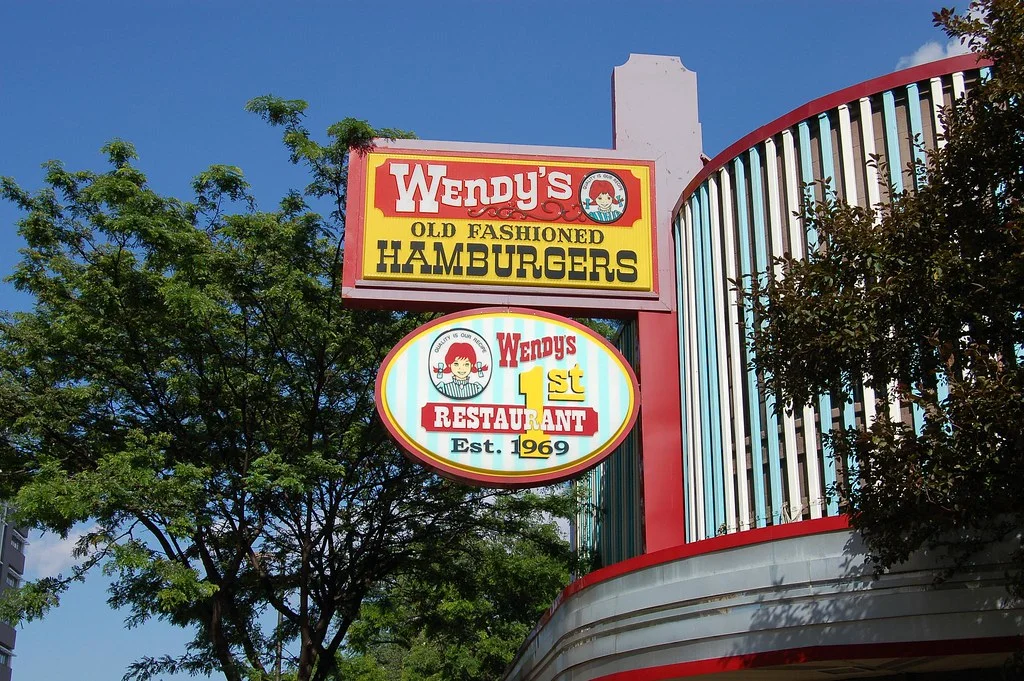
Even though it came out in the early ’80s, the quirky humor of this campaign was born in the late ’70s ad world. Clara Peller, the little old lady with the booming voice, demanded, “Where’s the beef?” when confronted with a skimpy hamburger bun. Her no-nonsense delivery was hysterical.
The line became a national punchline overnight, and it was endlessly repeated on playgrounds and in boardrooms. Humor worked here because it was short, snappy, and cut through the noise. To this day, the phrase still gets a chuckle whenever someone brings it up.
4. Coca-Cola’s “I’d Like to Buy the World a Coke”

It was meant to be sweet, but it ended up a little funny too. Seeing dozens of smiling people standing on a hilltop singing about soda was quirky in its own right. The sincerity was so over the top that it felt both heartwarming and a little goofy.
The humor came from how earnestly everyone belted out lines about Coke as if it could bring world peace. Viewers couldn’t help but grin at the idea of soda uniting humanity. It was campy, but in the best way possible.
5. Life Cereal’s “Mikey Likes It”
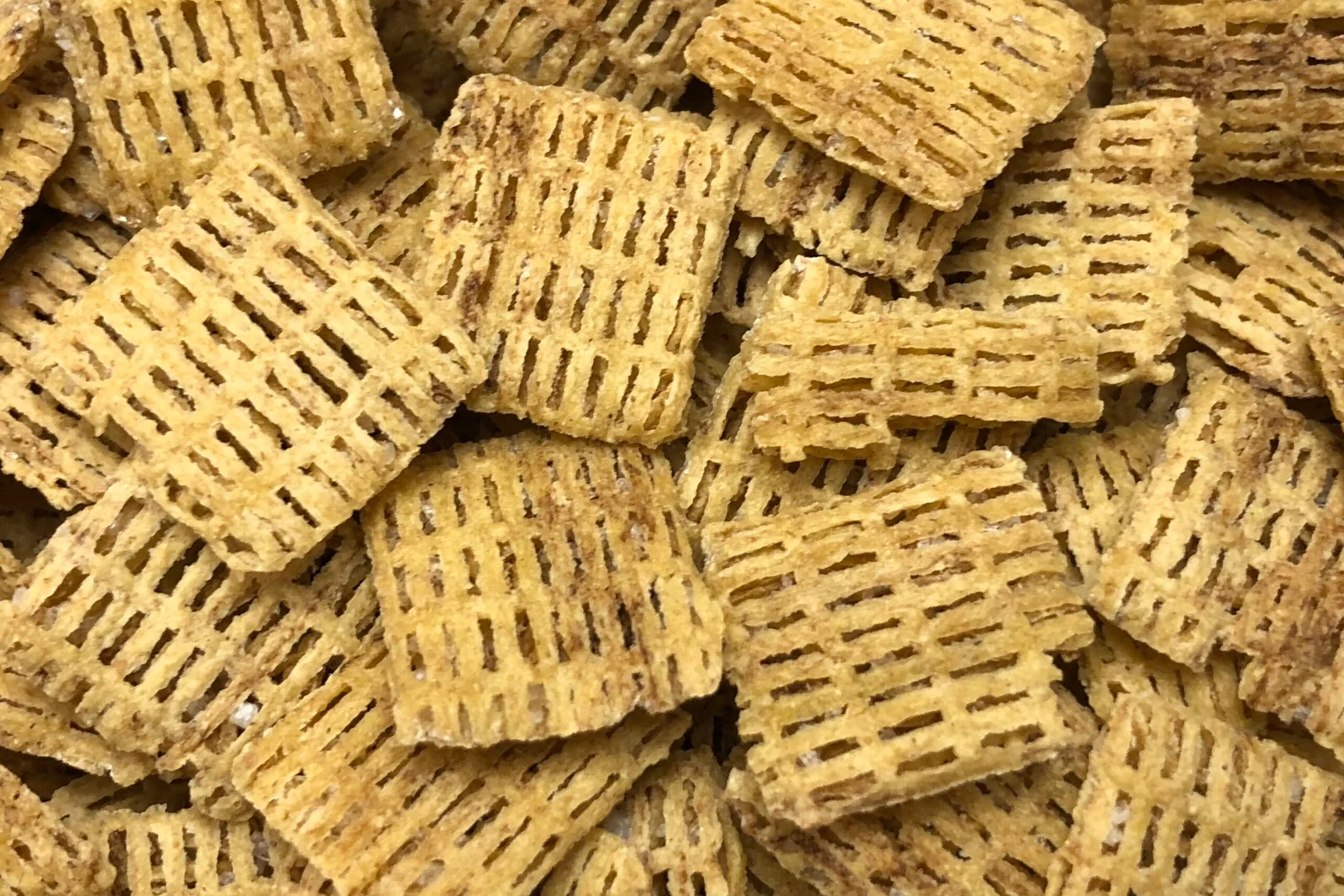
A commercial about cereal turned into one of the funniest ads of the decade. Two brothers argue about who has to try the “healthy” cereal, and they shove the bowl over to Mikey, who “hates everything.” The joke lands when Mikey digs in and eats it happily.
The humor was in the surprise twist and the kids’ wide-eyed reactions. Parents laughed because they recognized the sibling banter, and kids laughed because Mikey’s turnabout was so unexpected. The line “He likes it!” became playground comedy gold.
6. Calgon’s “Ancient Chinese Secret”
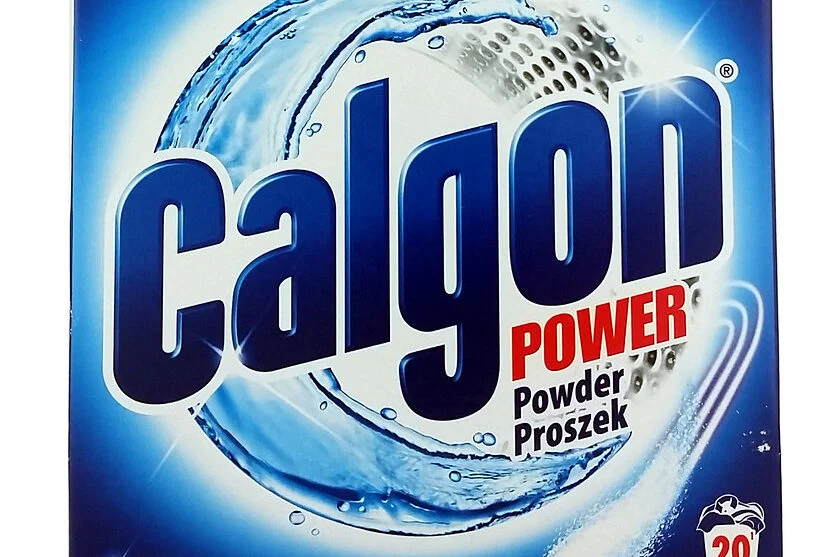
This one played humor off cultural stereotypes, and while dated today, it was memorable back then. A customer at a laundry asks the owner how her clothes get so clean, and he winks and says it’s an “ancient Chinese secret.” His wife rolls her eyes and reveals it’s really just Calgon.
The laugh came from the husband being “caught” in his little fib. It was silly, harmless, and instantly quotable. Families repeated the line around the house, adding to its comic staying power.
7. Mr. Whipple’s “Don’t Squeeze the Charmin”
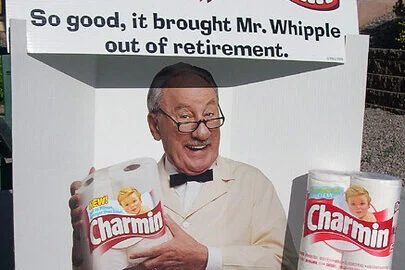
A grocer policing shoppers who couldn’t resist squeezing toilet paper might sound strange, but it was hilarious in the ’70s. Mr. Whipple scolded customers, then immediately turned around and squeezed the Charmin himself. His hypocrisy made it funny every single time.
The humor was simple and slapstick. Kids giggled at the idea of sneaky adults fondling toilet paper, and adults found Mr. Whipple’s stern-yet-weak-willed routine amusing. He became one of the most enduring funny ad characters of the decade.
8. Alka-Seltzer’s “I Can’t Believe I Ate the Whole Thing”
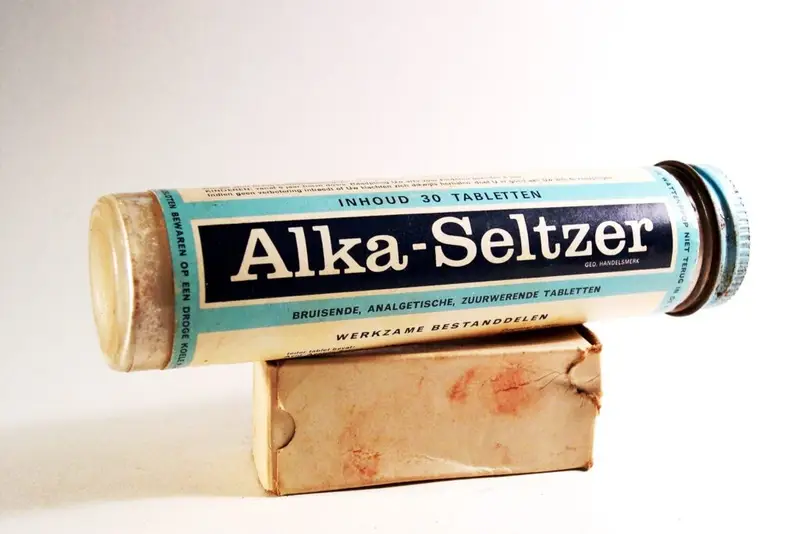
This spot showed a man lying in bed groaning, “I can’t believe I ate the whole thing.” His misery was exaggerated just enough to make it funny. His wife’s deadpan response of “The whole thing?” made it even better.
The humor came from the pure relatability. Everyone had overeaten at some point, so watching someone dramatize the aftermath was both funny and comforting. The ad sold relief by making the pain laughable.
9. Tootsie Pop’s “How Many Licks?”

The animated owl asking “How many licks does it take to get to the center of a Tootsie Pop?” was both clever and funny. The boy asks for wisdom, but the owl immediately bites into the candy after just three licks. The abrupt chomp was the punchline.
Kids thought it was hilarious because it mirrored their own impatience. Adults enjoyed the deadpan delivery. It became one of those classic commercials where the joke never got old, no matter how many times you heard it.
10. McDonald’s “You Deserve a Break Today”

This one leaned on humor by showing the chaos of life. Customers and employees rushed around while a cheery jingle reminded everyone to take a break. The joke was that McDonald’s was portrayed as an oasis in the middle of daily madness.
The humor wasn’t in slapstick but in the exaggerated busyness. Viewers laughed because they recognized themselves in the chaos, then smiled at the thought of McDonald’s being the reward. It struck just the right balance of funny and feel-good.
11. Folgers Coffee “Mrs. Olson”
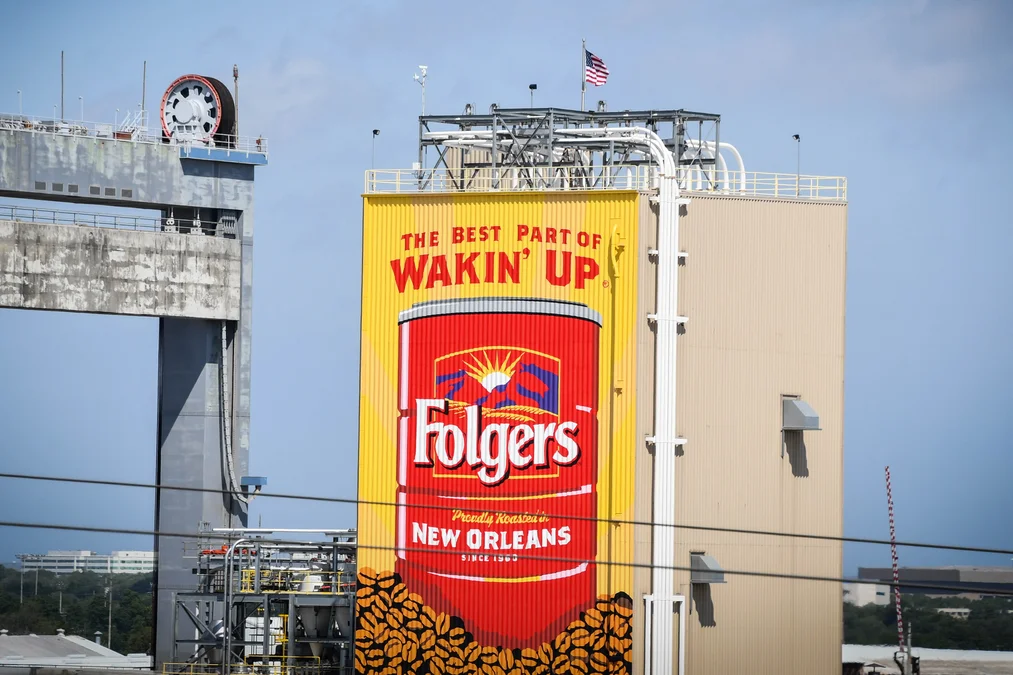
Mrs. Olson was always showing up to rescue people from bad coffee. The humor was in how dramatically she appeared, like some kind of coffee guardian angel. The awkward families would sip Folgers and suddenly beam with joy, which made the whole setup unintentionally funny.
Her earnestness was the joke—she took coffee way too seriously, and that made it fun. People joked about waiting for Mrs. Olson to drop by whenever they had a bad brew. It turned coffee into a lighthearted, shared laugh.
12. Kool-Aid Man’s Breakthrough
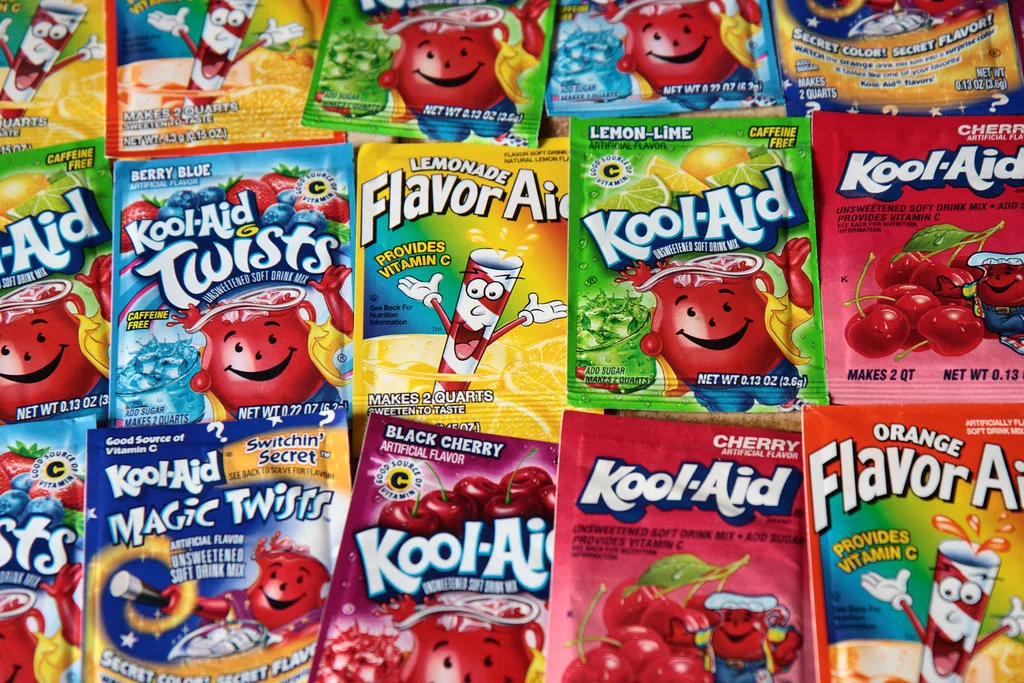
“Oh yeah!” became a hilarious trademark the moment the Kool-Aid Man started crashing through walls. The absurdity of a giant pitcher of juice barging into kitchens was pure comedy. The destruction he left behind didn’t matter, because everyone cheered.
The humor was in the ridiculousness of it all. Kids thought it was the funniest thing ever, while parents chuckled at the over-the-top enthusiasm. The Kool-Aid Man became a slapstick star in his own right.
13. Dr. Pepper’s “Be a Pepper”
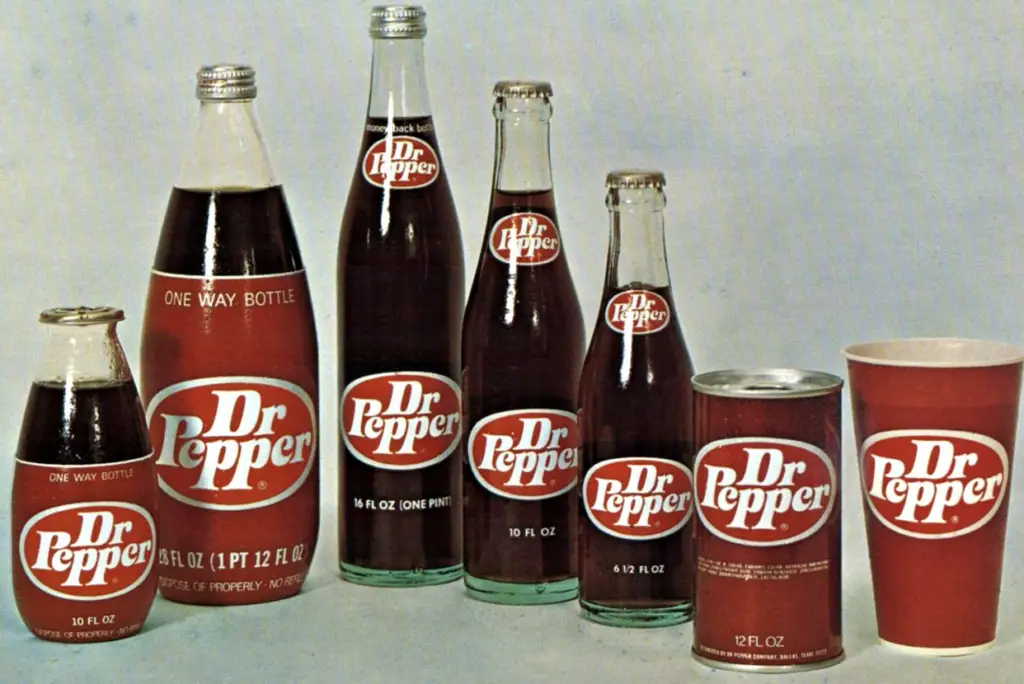
This jingle-driven campaign used humor through sheer enthusiasm. People danced and sang about being “Peppers,” and the energy was so exaggerated it was comical. The ads made being a soda fan look like joining a happy-go-lucky club.
The humor was lighthearted and silly, almost parody-level in its over-commitment. Viewers laughed at the cheesiness but also got the song stuck in their heads. It was campy fun that people remembered long after the fizz was gone.
14. Keep America Beautiful’s “Crying Indian”
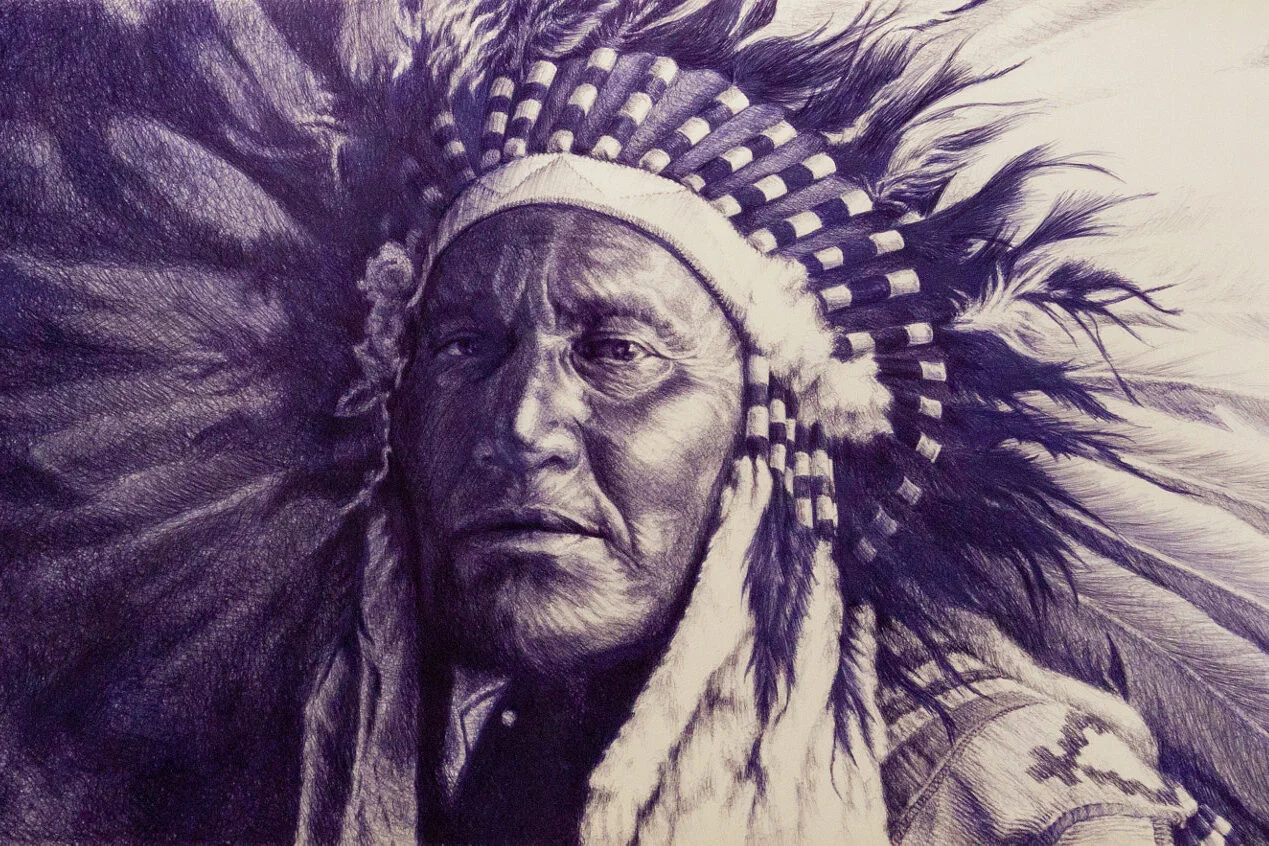
This public service announcement wasn’t meant to be funny, but people couldn’t help but chuckle at its melodrama. A single tear rolling down the Native American actor’s face as litter flew around him was so exaggerated it bordered on parody. It became memorable partly because of that over-the-top delivery.
The humor wasn’t mean-spirited—it came from the sheer seriousness of the performance. Viewers repeated the imagery with a smirk, and parodies soon followed on sketch shows. Even though the message stuck, the drama turned it into unintentional comedy.
15. Miller Lite’s “Tastes Great, Less Filling”
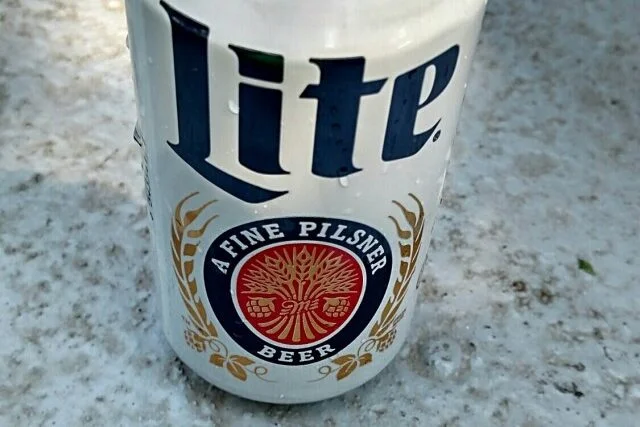
This series of commercials built entire comedy skits around a simple argument. Groups of people would bicker—half shouting “Tastes great!” and the other half yelling “Less filling!” The mock-serious debates were played for laughs.
The humor came from treating beer preferences like life-or-death struggles. Famous athletes and celebrities joined the arguments, adding to the absurdity. The back-and-forth chants became a pop culture gag that lived well beyond the ’70s.


